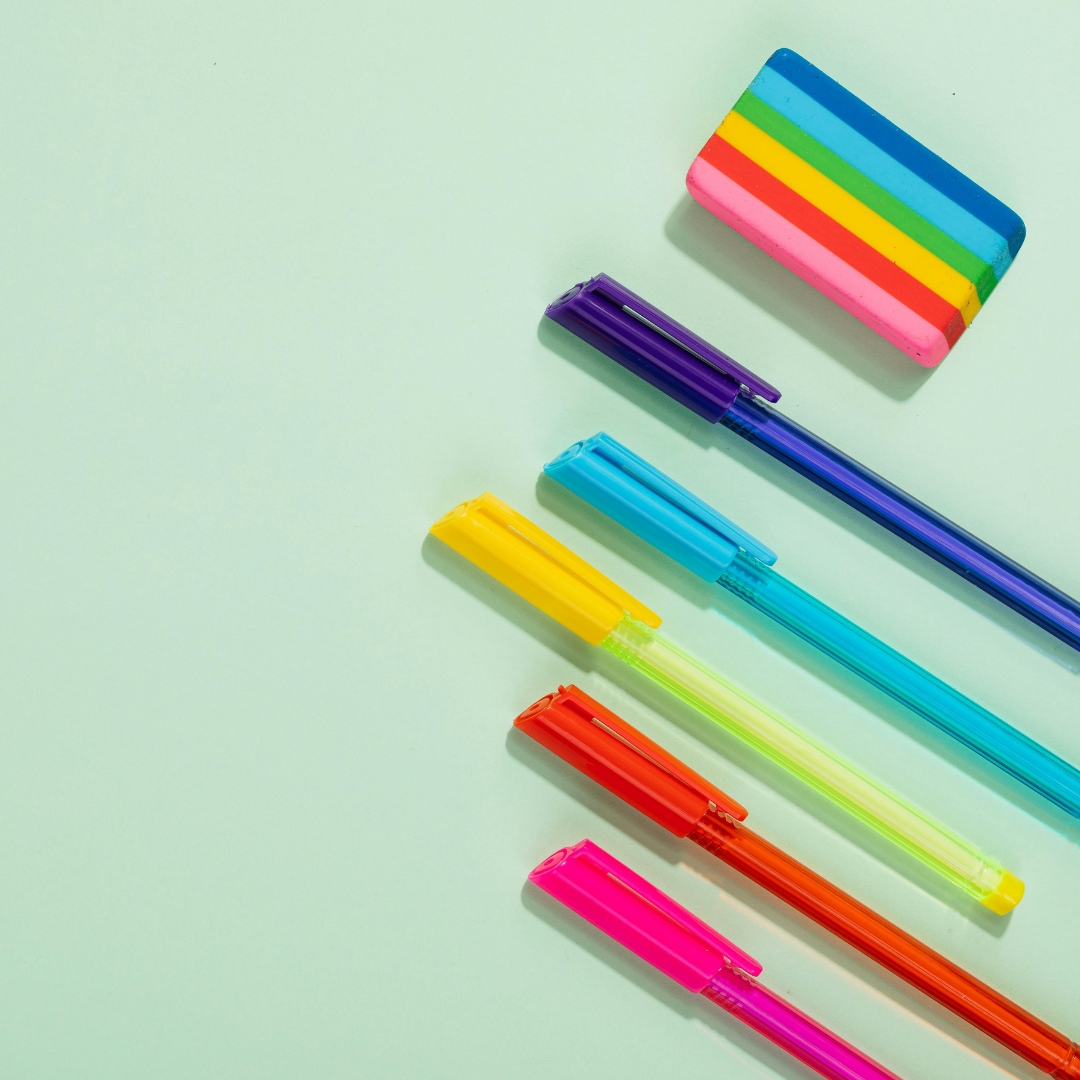
Ultimately, the best pen depends on your writing habits, comfort preferences, and budget. Whether you choose plastic or metal, the key is to pick a pen that provides smooth, reliable writing and meets your daily needs.
Choosing the right pen can have a surprisingly big impact on your daily writing experience. Among the most common options are plastic pens and metal pens, each offering unique advantages and drawbacks. Understanding the differences between these two types of pens can help you select the one that best suits your needs, whether you’re a student, professional, or casual writer.
In this blog, we’ll compare plastic and metal pens based on durability, comfort, cost, aesthetics, and overall writing performance to help you make an informed decision.
Key Differences Between Plastic and Metal Pens
Material and Construction
Plastic Pens:
Plastic pens are lightweight and often made from durable, high-quality plastics. Their construction allows for a variety of shapes, colors, and designs, making them popular among students and casual users.
Metal Pens:
Metal pens are typically made from stainless steel, aluminum, brass, or other metals. They are heavier and more robust than plastic pens, providing a premium feel and long-lasting durability.
Weight and Comfort
Plastic Pens:
Due to their light weight, plastic pens are easy to handle, especially during long writing sessions. Their lightweight design reduces hand fatigue, making them ideal for students and office workers who write extensively.
Metal Pens:
Metal pens are heavier, which can provide a more substantial and professional feel. However, prolonged writing with a heavy metal pen may cause hand strain if not ergonomically designed.
Durability and Longevity
Plastic Pens:
While plastic pens are resistant to minor drops and everyday wear, they can break more easily under stress. Their lifespan is generally shorter compared to metal pens, making them more suitable for short-term or casual use.
Metal Pens:
Metal pens are highly durable and can withstand significant wear and tear. They are ideal for frequent writers who require a pen that will last for years. Their sturdy construction also makes them less likely to leak or crack.
Cost and Affordability
Plastic Pens:
Plastic pens are usually inexpensive, making them accessible for everyone. They are perfect for bulk purchases, giveaways, or everyday use in schools and offices.
Metal Pens:
Metal pens tend to be more expensive due to the material and premium build. However, they are a long-term investment because of their durability and refillable options.
Design and Aesthetics
Plastic Pens:
Plastic pens come in a wide range of colors, shapes, and designs. They are versatile and can be fun or professional, depending on the style.
Metal Pens:
Metal pens usually have a sleek and sophisticated design. They are often preferred for professional settings, gifting, or situations where a polished, high-end look is desired.
Writing Performance
Both plastic and metal pens can provide smooth writing experiences, but the performance often depends on the pen’s tip, ink quality, and design rather than the material alone.
Plastic Pens: Smooth and consistent for daily use, ideal for school notes or casual writing.
Metal Pens: Typically heavier and well-balanced, which can enhance control and precision for detailed work, signatures, or professional documentation.
Which Is Better for Everyday Writing?
The answer depends on your priorities:
-
For Students and Casual Writers: Plastic pens are ideal due to their light weight, affordability, and variety of designs. They are perfect for notebooks, exams, and everyday writing.
-
For Professionals and Frequent Writers: Metal pens provide a premium writing experience, durability, and long-term cost-effectiveness. They are suitable for offices, meetings, and formal occasions.
-
For Balanced Use: Many people prefer plastic pens with ergonomic design or refillable metal pens for a combination of comfort, performance, and longevity.
Tips for Choosing the Right Pen
-
Consider Writing Duration: For long writing sessions, a lightweight plastic pen may reduce hand fatigue.
-
Think About Aesthetics: Choose metal pens for professional environments or gifting purposes.
-
Check Durability Needs: Frequent users or those prone to dropping pens may benefit from the sturdiness of metal pens.
-
Evaluate Cost vs. Longevity: Plastic pens are affordable but may need frequent replacement; metal pens cost more upfront but last longer.
-
Test Ergonomics: Grip comfort and balance matter more than the material for smooth and comfortable writing.
Conclusion
Both plastic and metal pens have their unique advantages and limitations. Plastic pens are lightweight, cost-effective, and versatile, making them perfect for students and everyday writing. Metal pens, on the other hand, offer durability, professional aesthetics, and a premium feel, which suits frequent writers and office professionals.
Ultimately, the best pen depends on your writing habits, comfort preferences, and budget. Whether you choose plastic or metal, the key is to pick a pen that provides smooth, reliable writing and meets your daily needs.
